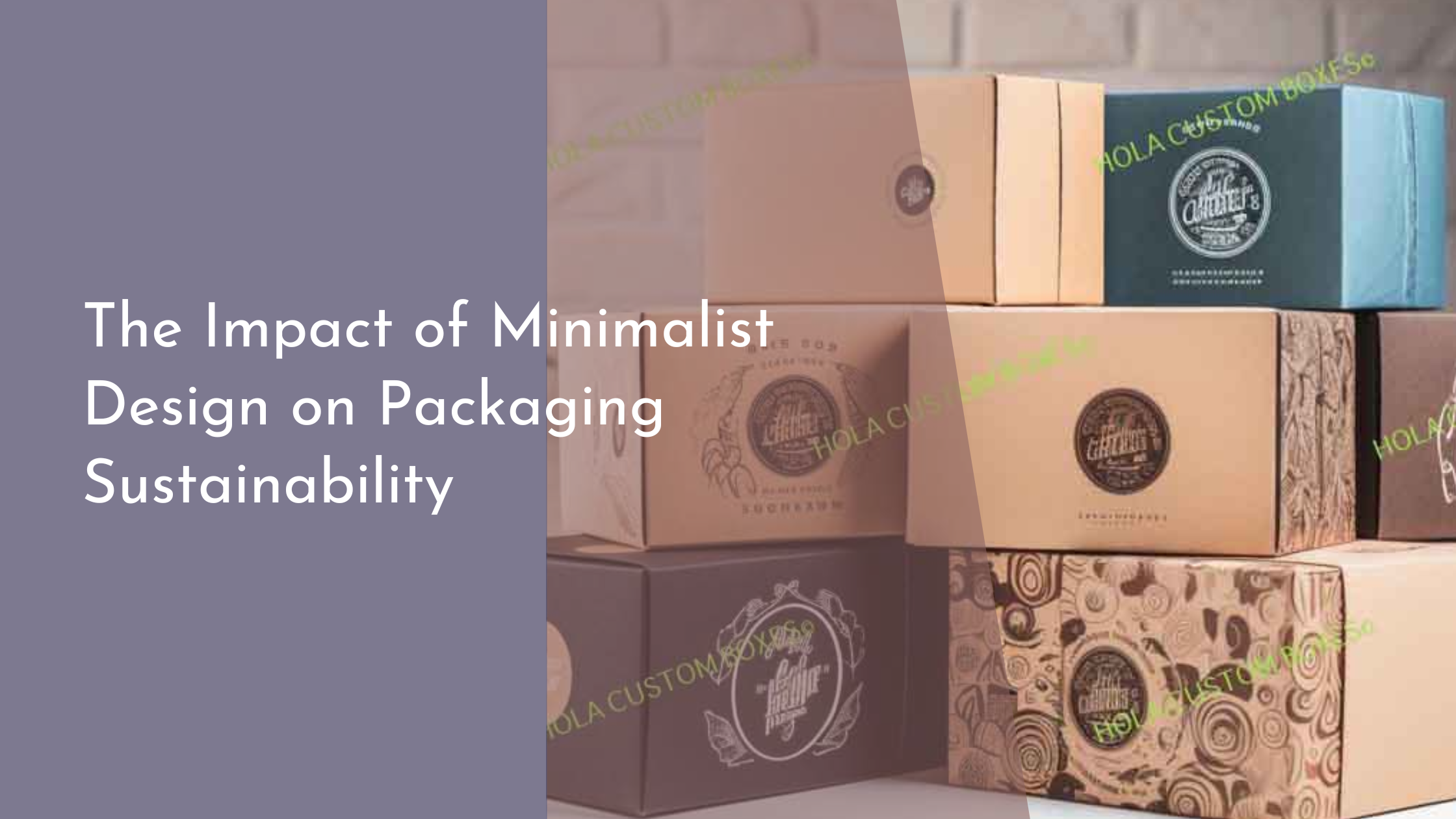The Impact of Minimalist Design on Packaging Sustainability
In recent years, the design world has witnessed a transformative shift towards minimalism, a trend that has found its way into every aspect of design, including packaging. Minimalist design is celebrated for its simplicity and efficiency, and when applied to packaging, it holds great potential for contributing to sustainability. By focusing on essential elements and reducing excess, minimalist packaging not only captures consumer attention with its elegance but also addresses the pressing environmental concerns associated with packaging waste. In this article, we’ll explore how minimalist design is revolutionizing packaging, the benefits it offers, the challenges faced in adopting eco-friendly designs, and why this trend is paving a cheerful path toward a more sustainable future.
Embracing Minimalism: A Design Revolution
Minimalism, with its roots in the early 20th century, has evolved from an art movement into a comprehensive lifestyle and design philosophy. It champions the concept of “less is more,” focusing on simplicity and the elimination of clutter. In the context of packaging, minimalism has sparked a revolution. Brands across various industries are now adopting minimalist design principles to create packaging that is not only visually appealing but also environmentally conscious. By stripping away unnecessary elements, minimalist packaging prioritizes function and form, creating a harmonious balance that resonates with contemporary consumers seeking authenticity and transparency.
The revolution of minimalist design is more than just an aesthetic choice; it’s a response to growing environmental concerns. As consumers become increasingly aware of the environmental impact of packaging waste, they are demanding more responsible solutions. Brands are responding by turning to minimalist packaging as a strategic approach to reduce material usage and waste. This shift is not only about reducing environmental footprints but also about aligning with a broader cultural shift towards sustainability and ethical consumption. By embracing minimalist design, brands can demonstrate their commitment to sustainable practices while also appealing to eco-conscious consumers.
Key Benefits of Minimalist Packaging
One of the primary benefits of minimalist packaging is its potential to reduce material usage. By focusing on essential elements and eliminating superfluous components, brands can significantly cut down on the amount of packaging material required. This reduction leads to decreased resource consumption during production and less waste in landfills, contributing to a smaller environmental footprint. Furthermore, minimalist packaging often utilizes recyclable or biodegradable materials, enhancing its sustainability quotient and aligning with circular economy principles.
Aside from environmental advantages, minimalist packaging also offers economic benefits. By simplifying the design and reducing materials, brands can lower production and transportation costs. Lighter packaging requires less fuel for transport, leading to reduced carbon emissions. Additionally, the clean and elegant design of minimalist packaging can elevate brand perception, creating a strong, lasting impression on consumers. The clarity and simplicity of minimalist packaging can improve brand recognition and customer loyalty, making it an effective marketing tool for businesses seeking to differentiate themselves in a competitive marketplace.
Challenges in Implementing Eco-friendly Designs
Despite the advantages, transitioning to minimalist and eco-friendly packaging designs presents challenges. One significant hurdle is the perception that minimalist packaging may lack the visual appeal traditionally associated with intricate and detailed designs. Companies need to invest in creative strategies that ensure their minimalist packaging remains attractive to consumers while conveying necessary product information effectively. Balancing the aesthetic appeal with functional requirements, such as providing adequate protection and information, can be a complex task.
Another challenge lies in sourcing sustainable materials that meet the functional needs of packaging without compromising on quality or cost-effectiveness. While the demand for eco-friendly materials is rising, their availability and cost can be prohibitive for some brands, particularly smaller businesses. Additionally, transitioning to new packaging designs can involve significant upfront costs associated with redesigning, testing, and implementing new materials and processes. Overcoming these challenges requires innovation and collaboration across the supply chain, as well as a commitment to long-term environmental and economic sustainability.
The shift towards minimalist packaging represents a cheerful step forward on the path to sustainability. As brands embrace minimalist design principles, they are not only enhancing their own brand image but also contributing to a larger movement towards responsible consumption and environmental stewardship. While challenges remain, the benefits of minimalist packaging—ranging from reduced environmental impact to economic savings—make it a compelling choice for forward-thinking companies. By continuing to innovate and invest in sustainable practices, the design and packaging industry can lead the way in creating a more sustainable future, one that is defined by clarity, simplicity, and respect for our planet.

